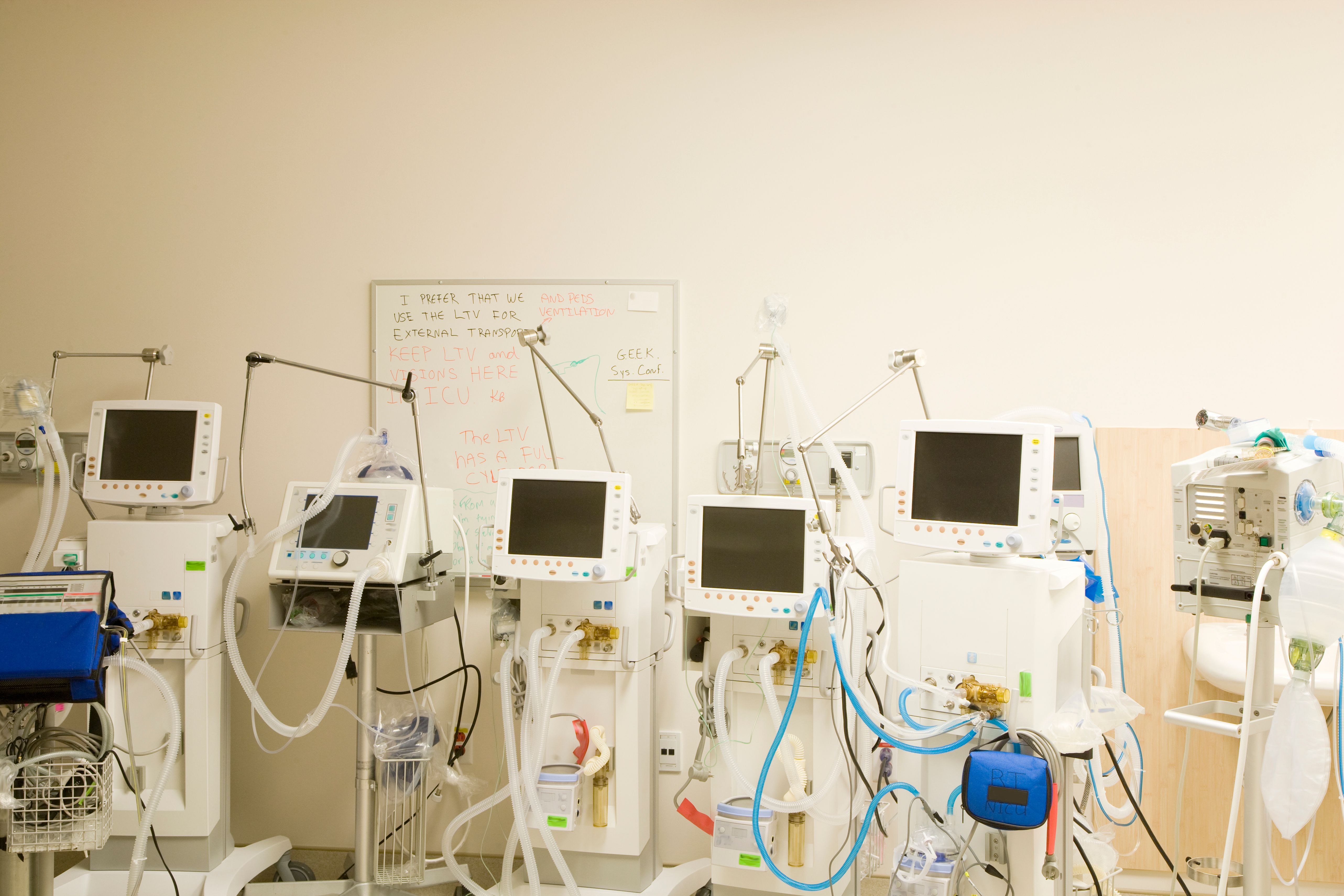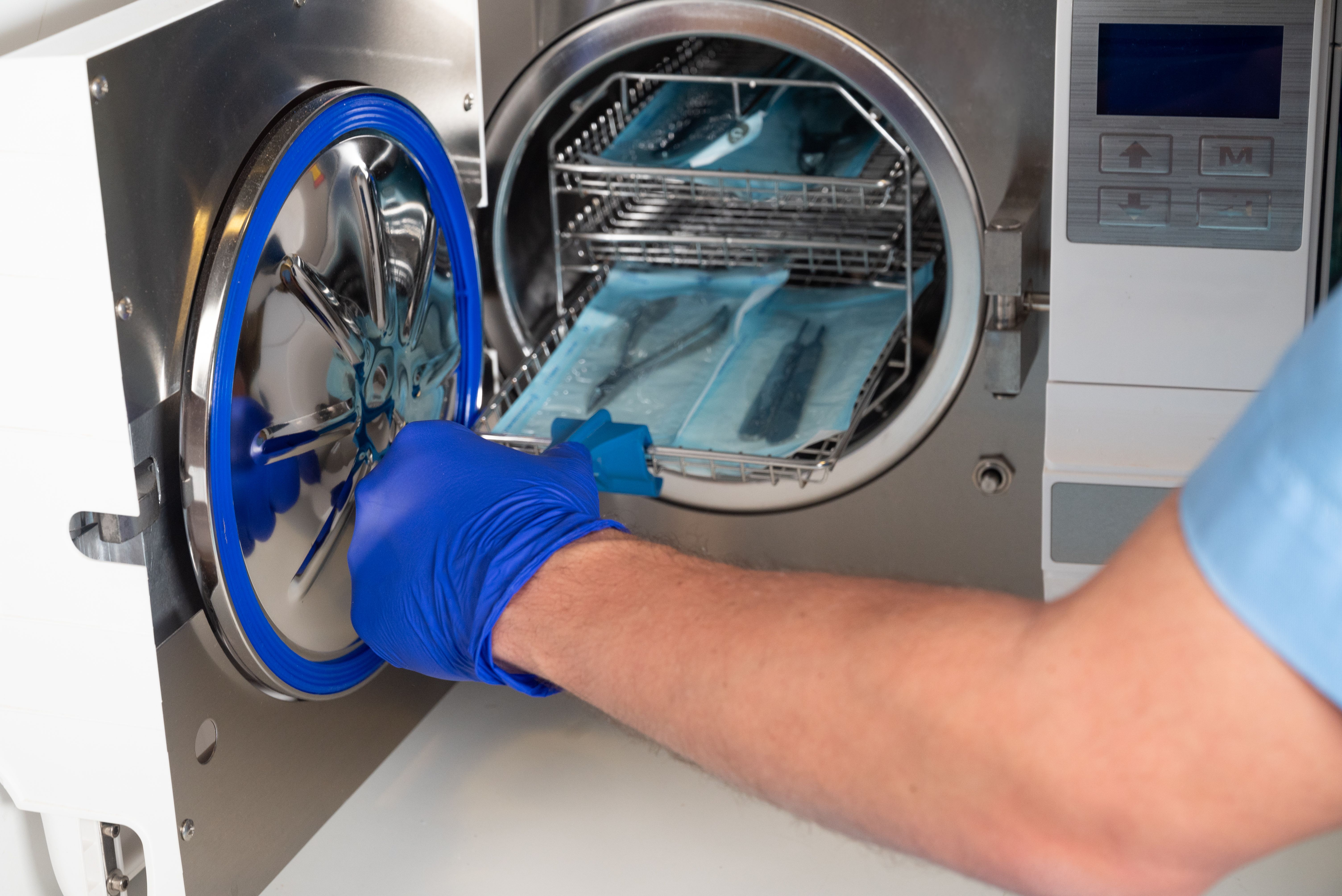Understanding the Risks of Non-Compliance in Medical Device Storage and Assembly
Understanding Non-Compliance in Medical Device Storage and Assembly
In the medical device industry, compliance is not just a legal obligation; it is a critical component of ensuring patient safety and maintaining product integrity. Non-compliance in medical device storage and assembly can lead to significant risks, affecting both patients and manufacturers. Understanding these risks is essential for anyone involved in the medical device supply chain.

The Importance of Compliance
Compliance with industry standards and regulations is vital for several reasons. Primarily, it ensures that medical devices are safe and effective for use. Regulatory bodies, such as the FDA and ISO, set stringent guidelines to protect public health. Failure to adhere to these can result in severe consequences, including product recalls, legal penalties, and reputational damage.
Moreover, non-compliance can lead to operational inefficiencies. For instance, improper storage conditions can compromise the quality of medical devices, leading to increased waste and higher costs. Therefore, maintaining compliance is not only a legal requirement but also a business imperative.
Risks Associated with Improper Storage
One of the most critical areas of compliance is the proper storage of medical devices. Devices must be stored under specific conditions to preserve their functionality and safety. Deviations from these conditions can cause devices to malfunction or become unsafe for patient use.

Common risks of improper storage include exposure to extreme temperatures, humidity, or contamination. Each of these factors can degrade materials and components, leading to potential device failure. Ensuring that storage facilities are equipped with the necessary environmental controls is crucial to mitigate these risks.
Challenges in Assembly Compliance
Assembly of medical devices is another area where compliance is paramount. Proper assembly ensures that all components function together as intended, which is crucial for device performance. Non-compliance in assembly processes can result in defective products reaching the market.
- Incorrect assembly processes
- Use of non-compliant materials
- Lack of documentation and traceability
These challenges underscore the need for robust quality control measures and thorough employee training. Ensuring that assembly personnel are well-versed in compliance requirements can significantly reduce the risk of defects.

Consequences of Non-Compliance
The consequences of non-compliance can be severe. Financially, companies may face hefty fines and legal fees. From a business perspective, non-compliance can damage a company's reputation, leading to loss of trust among healthcare providers and patients.
More critically, non-compliance poses a direct risk to patient safety. Defective or unsafe medical devices can lead to serious health complications or even fatalities. As such, maintaining compliance is not just a regulatory burden but a moral obligation to protect patient well-being.
Strategies for Ensuring Compliance
To mitigate the risks associated with non-compliance, companies should implement comprehensive compliance strategies. This includes regular audits and inspections to identify potential issues before they escalate into significant problems.
- Implementing robust training programs for all employees involved in storage and assembly
- Investing in quality management systems that monitor compliance continuously
- Staying informed about changes in regulations and industry standards
By adopting these strategies, companies can minimize their risk exposure and ensure that their medical devices remain safe and effective for patient use.
